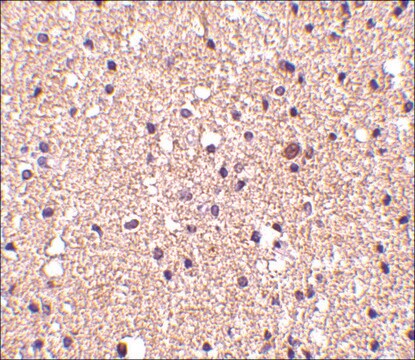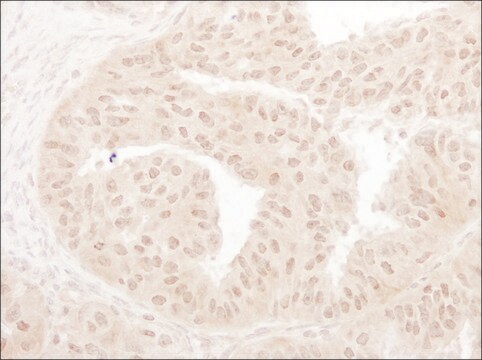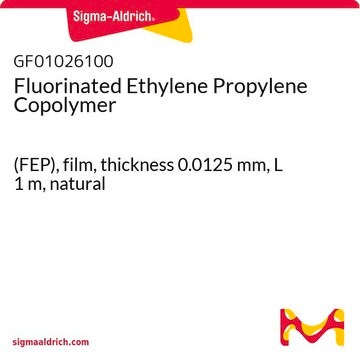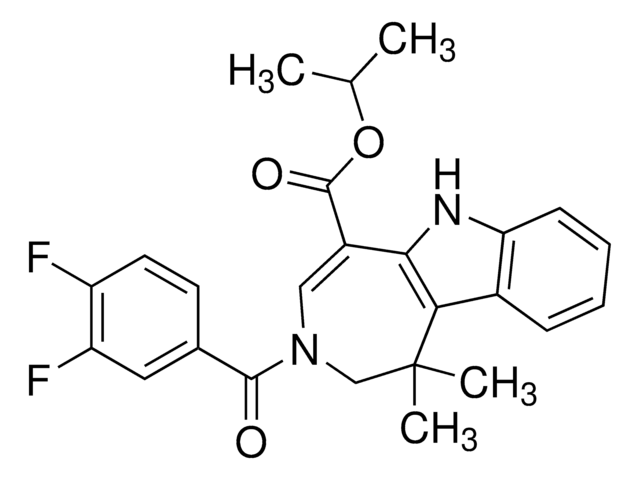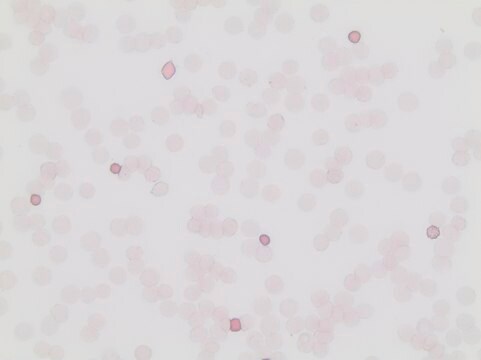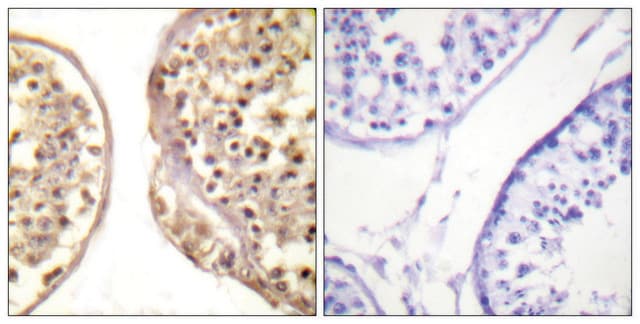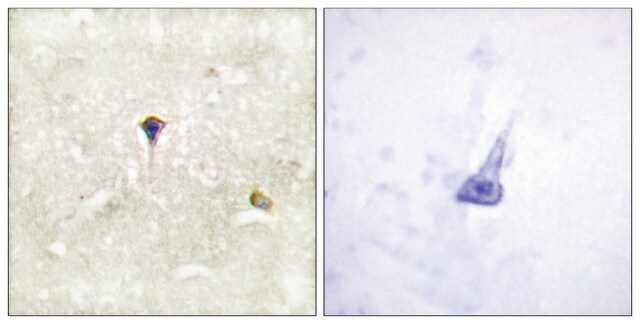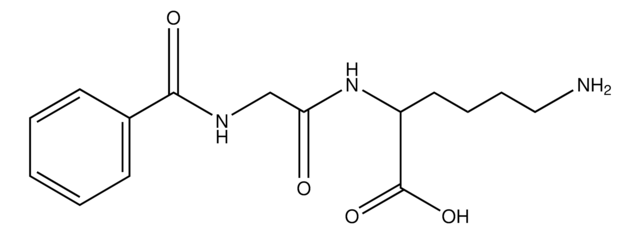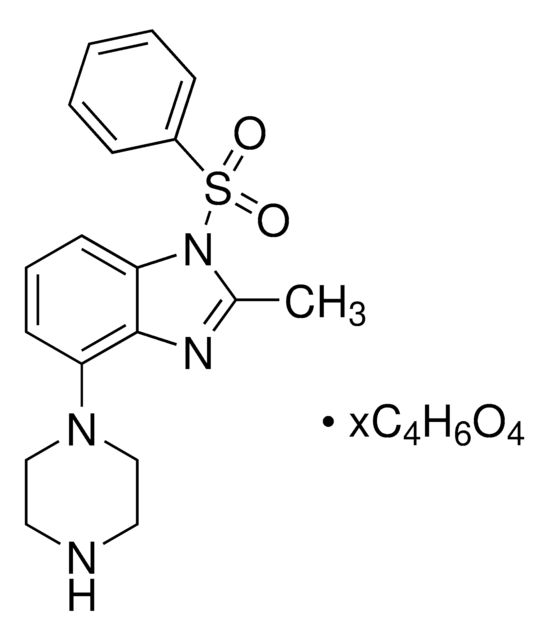PLA0273
Rabbit anti-c-Jun Antibody, Affinity Purified
Powered by Bethyl Laboratories, Inc.
Synonyme(s) :
AP-1, AP1, Jun activation domain binding protein, activator protein 1, c-Jun, enhancer-binding protein AP1, jun oncogene, jun proto-oncogene, p39, proto-oncogene c-Jun, v-jun avian sarcoma virus 17 oncogene homolog, v-jun sarcoma virus 17 oncogene homolog, v-jun sarcoma virus 17 oncogene homolog (avian)
About This Item
IP
WB
immunoprecipitation (IP): 2- 5 μg/mg
western blot: 1:2,000-1:10,000
Produits recommandés
Source biologique
rabbit
Niveau de qualité
Forme d'anticorps
affinity purified immunoglobulin
Type de produit anticorps
primary antibodies
Qualité
Powered by Bethyl Laboratories, Inc.
Espèces réactives
mouse, human
Technique(s)
immunohistochemistry: 1:100- 1:500
immunoprecipitation (IP): 2- 5 μg/mg
western blot: 1:2,000-1:10,000
Numéro d'accès
NP_002219.1
Conditions d'expédition
wet ice
Température de stockage
2-8°C
Informations sur le gène
rabbit ... c-Jun(3725)
Immunogène
Forme physique
Autres remarques
Clause de non-responsabilité
Vous ne trouvez pas le bon produit ?
Essayez notre Outil de sélection de produits.
Code de la classe de stockage
12 - Non Combustible Liquids
Classe de danger pour l'eau (WGK)
WGK 1
Point d'éclair (°F)
Not applicable
Point d'éclair (°C)
Not applicable
Faites votre choix parmi les versions les plus récentes :
Certificats d'analyse (COA)
Désolés, nous n'avons pas de COA pour ce produit disponible en ligne pour le moment.
Si vous avez besoin d'assistance, veuillez contacter Service Clients
Déjà en possession de ce produit ?
Retrouvez la documentation relative aux produits que vous avez récemment achetés dans la Bibliothèque de documents.
Notre équipe de scientifiques dispose d'une expérience dans tous les secteurs de la recherche, notamment en sciences de la vie, science des matériaux, synthèse chimique, chromatographie, analyse et dans de nombreux autres domaines..
Contacter notre Service technique